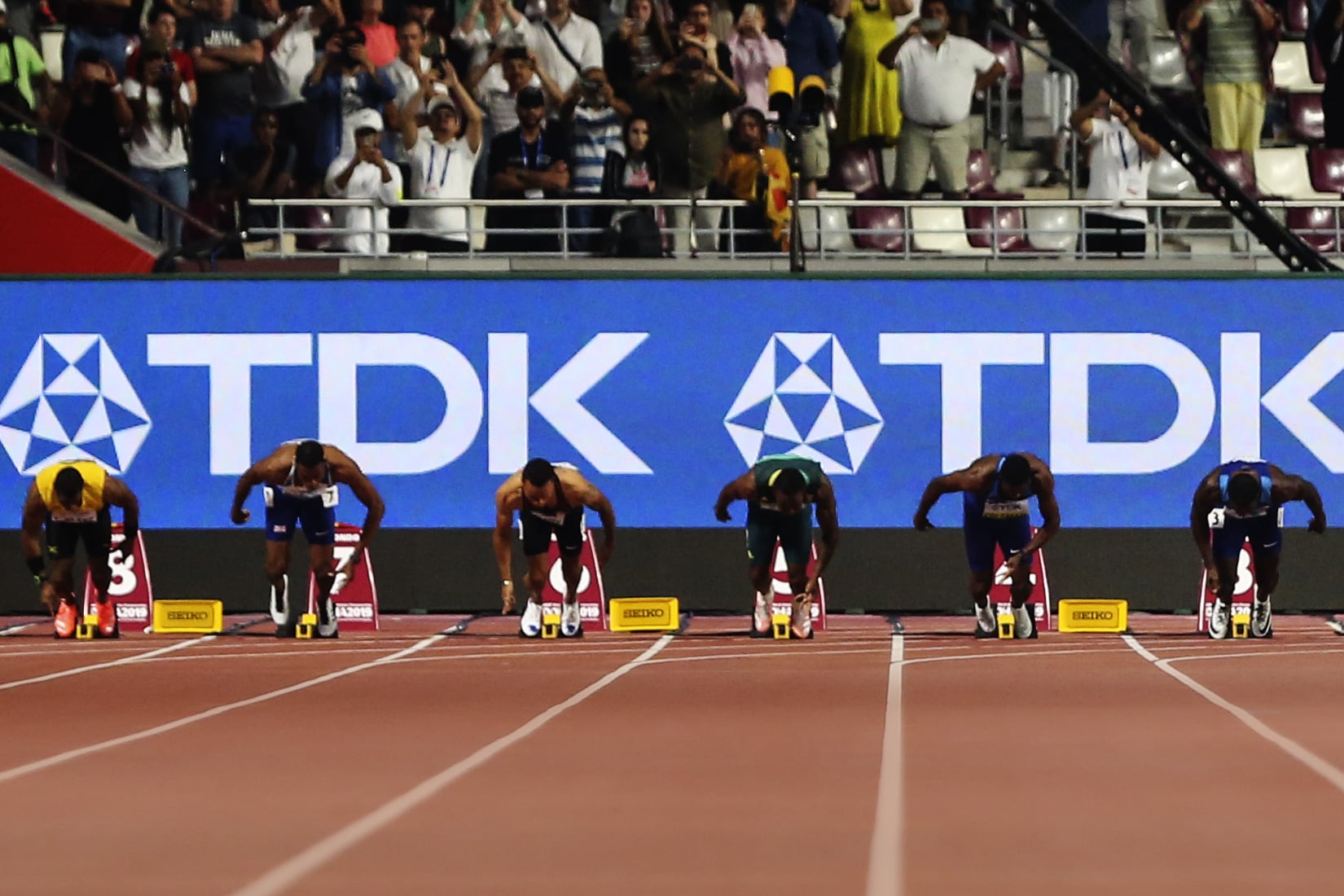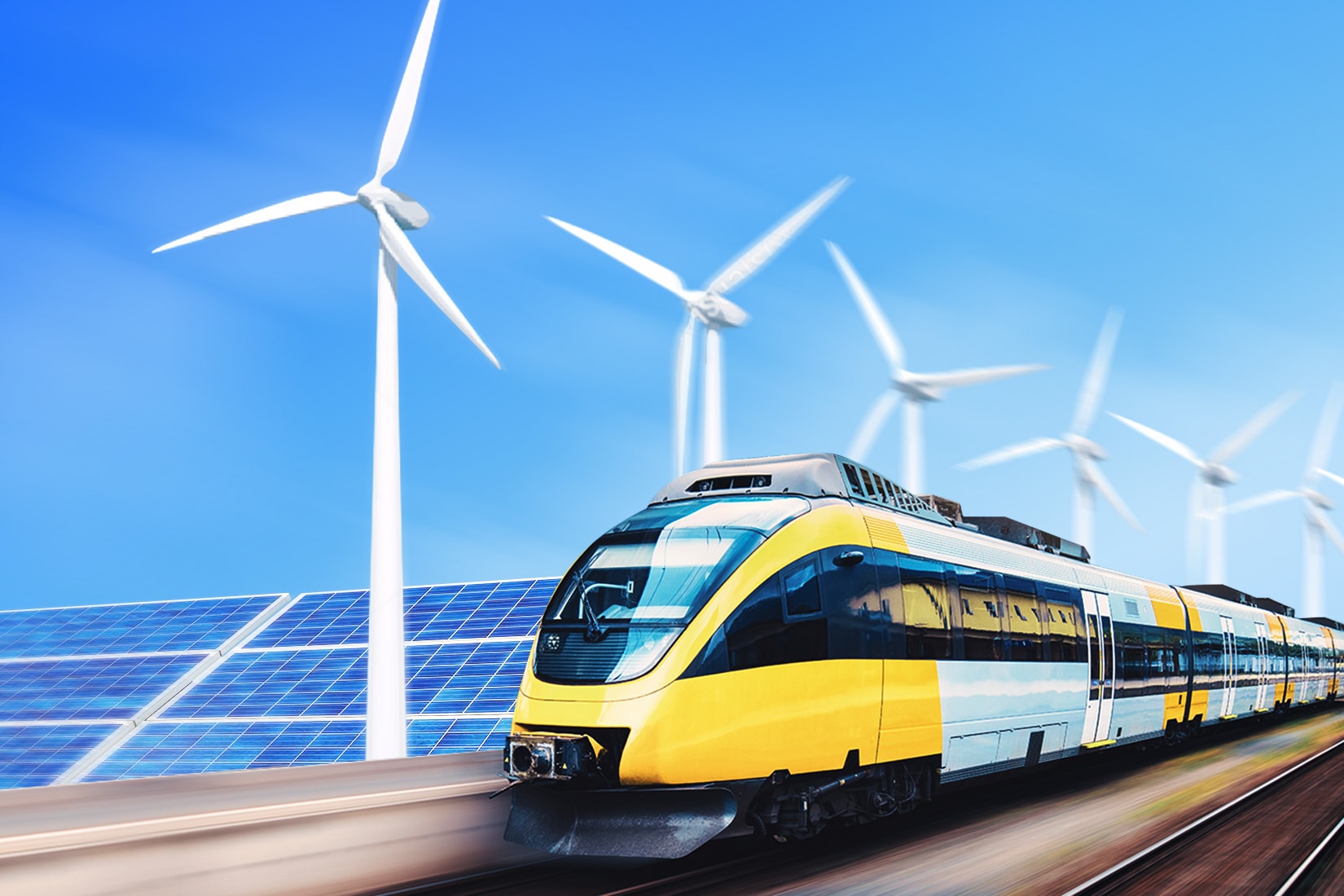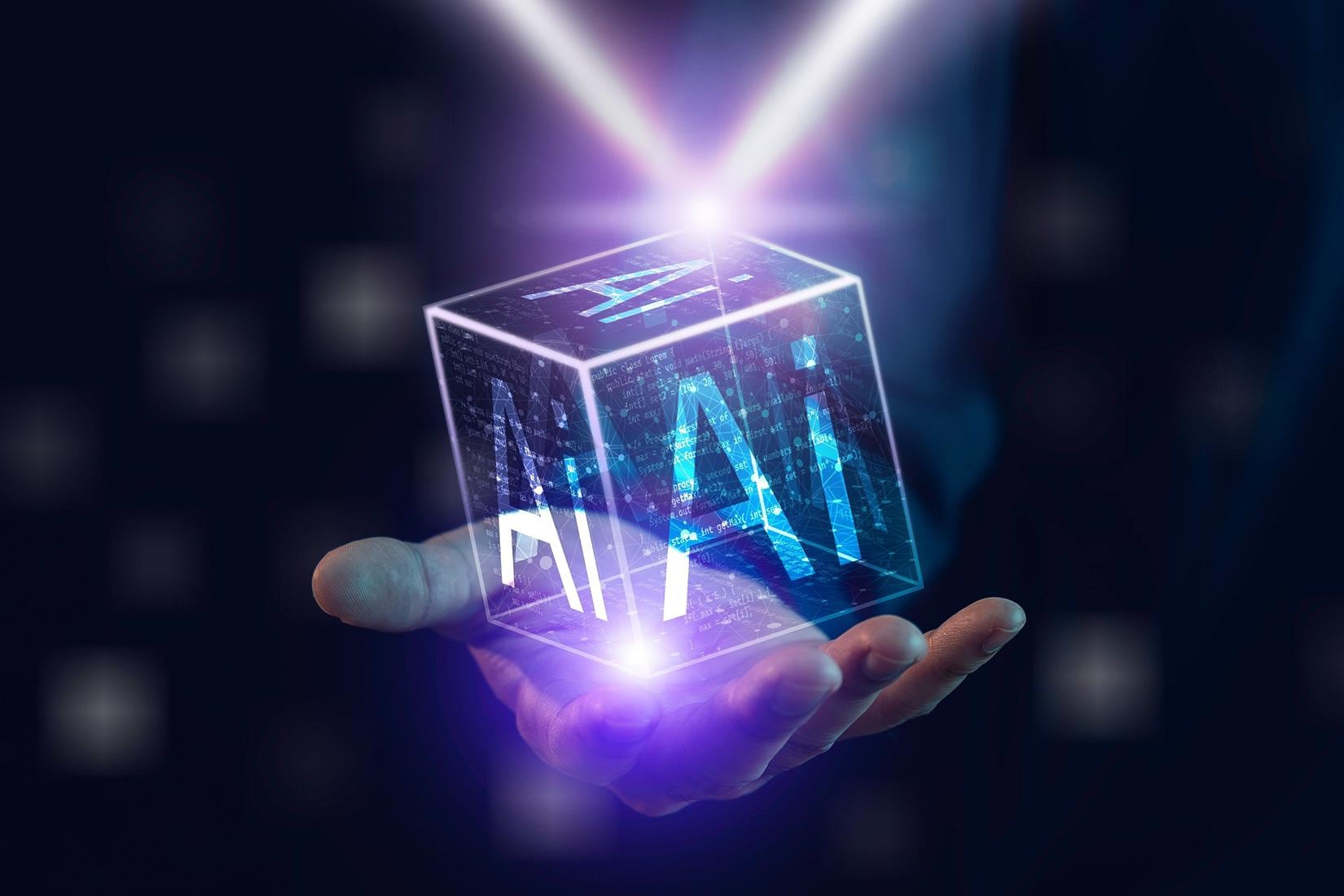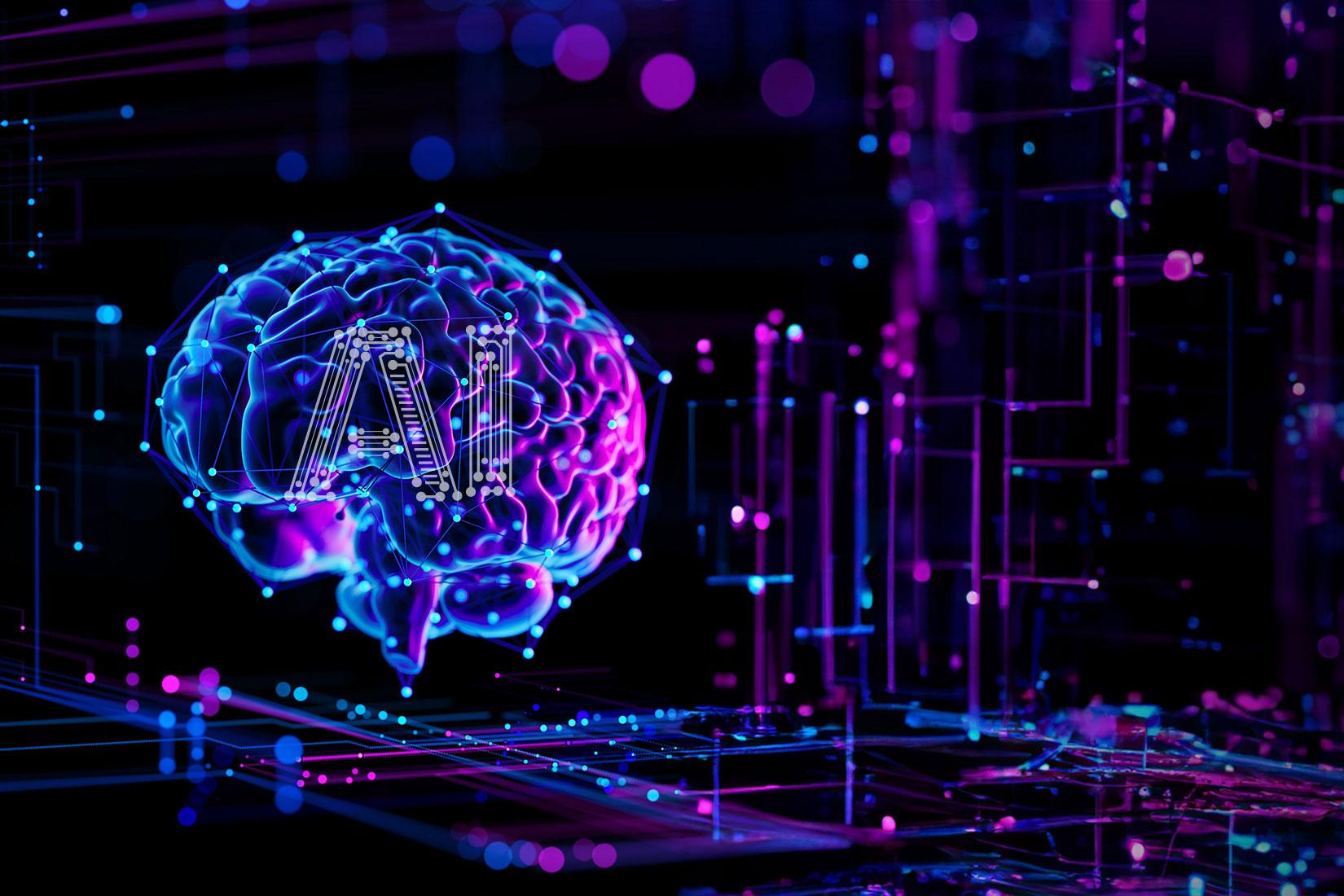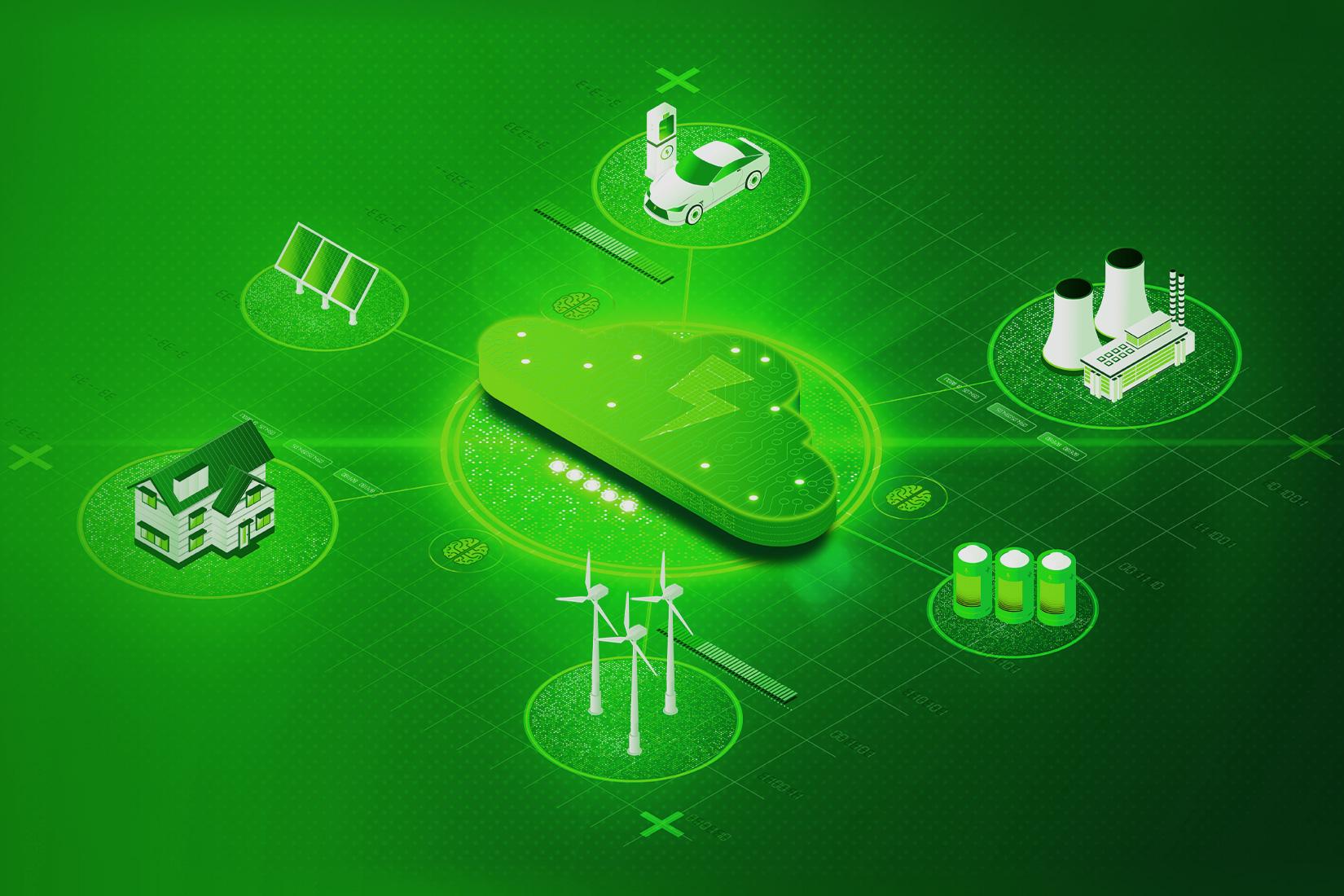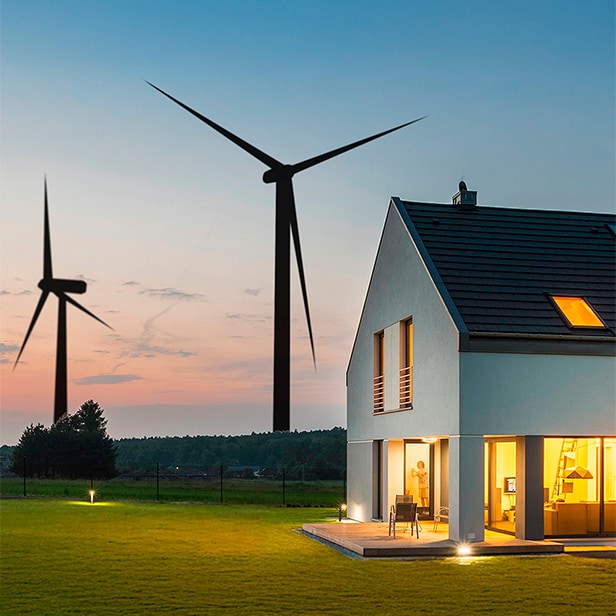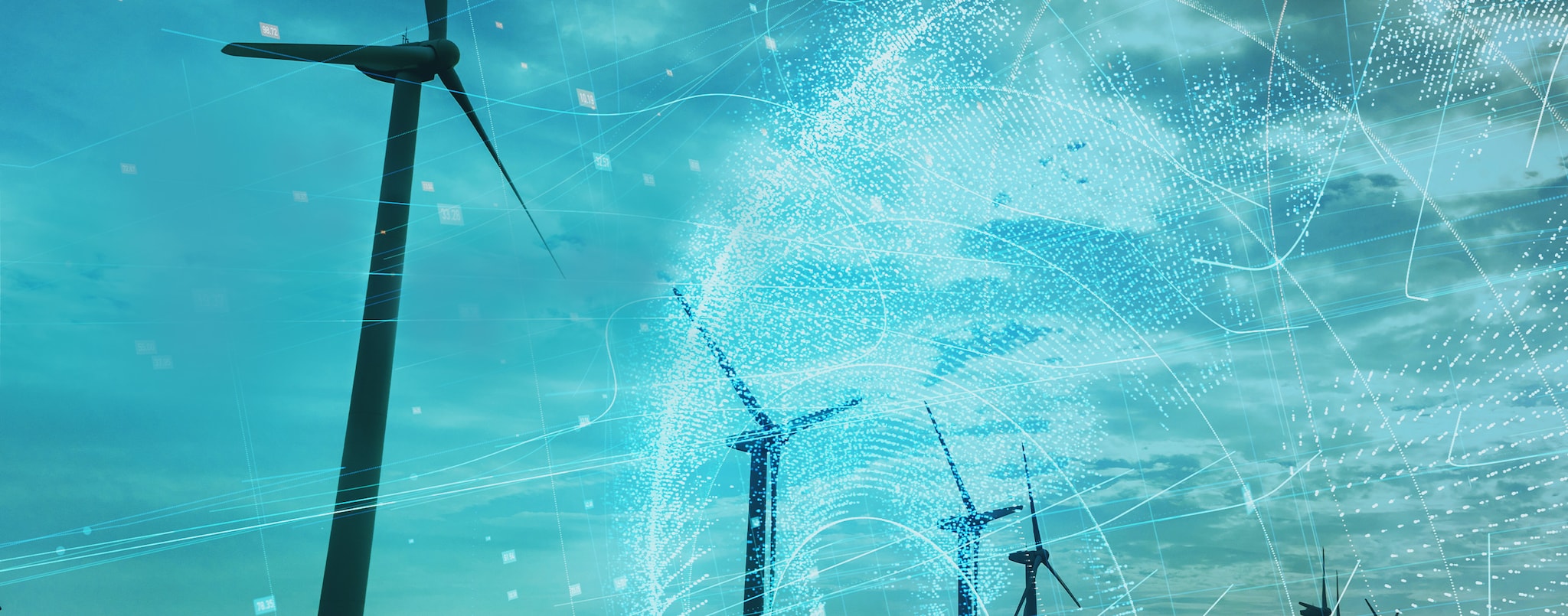
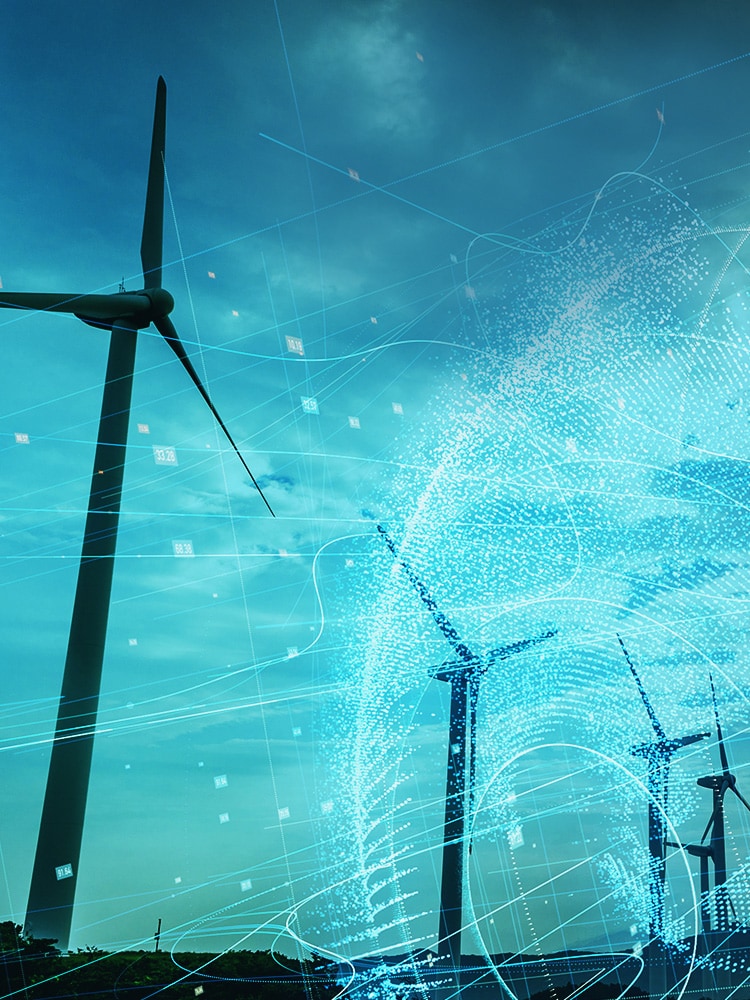
Backed by this Power Supply Device, Smart Grids Couple Renewable Energy with ICT
In the ongoing efforts to realize a sustainable society, smart grids (next-generation power transmission lines) are emerging as a key technology for driving the adoption of renewable energy sources like solar and wind power. A smart grid is an energy network system that takes advantage of computer and communication technologies to improve the efficiency of power transmission and supply. TDK’s bidirectional DC-DC converters are playing a substantial role in this paradigm.
Smart grids are vital for utilizing renewable energy
As we work toward achieving a decarbonized society, expanding the use of environmentally friendly, renewable energy is a challenge we now face on a global scale. Renewable sources of electricity like solar and wind, however, are inherently disadvantaged by the difficulty of balancing supply and demand because the amount of electricity generated fluctuates depending on weather conditions and other factors. Since electricity is difficult to store in large quantities, supply and demand must be matched constantly. If this balance is broken, the frequency—a critical measure of the quality of electricity—may deteriorate, potentially triggering a widespread blackout in the worst case.
Building smart grids as a means to solve this problem is drawing attention worldwide. Because smart grids leverage ICT and other technologies to optimize the supply/demand balance of electricity, they are arguably indispensable for power systems based on renewable energy.
Conceptual illustration of a regional smart grid (smart city)
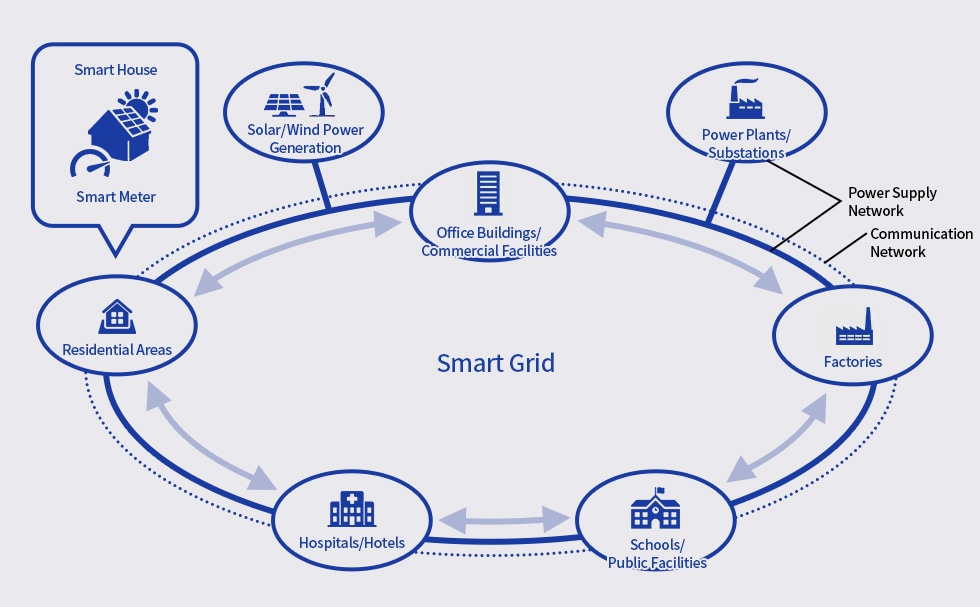
The Role of DC-DC Converters in Smart Grids and the Technical Challenges They Face
In a smart grid, DC (direct current) power is used instead of conventional commercial AC (alternating current) power because sources like solar, wind and others produce power in DC (DC microgrid*1). To store surplus power, lithium-ion batteries and other types of rechargeable batteries are used. A power supply device known as a DC-DC converter is used to exchange power between a DC microgrid and rechargeable batteries. A DC-DC converter serves the crucial role of creating a stable voltage optimal for an electronic device by converting DC to another form of DC.
To stabilize the fluctuating power generated from renewable energy sources, DC-DC converters must precisely and continuously control the charging and discharging of rechargeable batteries, requiring advanced power conversion techniques. Recharging and discharging the batteries to and from the network also necessitated two separate DC-DC converters, one for each direction, which was another issue.
The role of a DC-DC converter in a smart grid
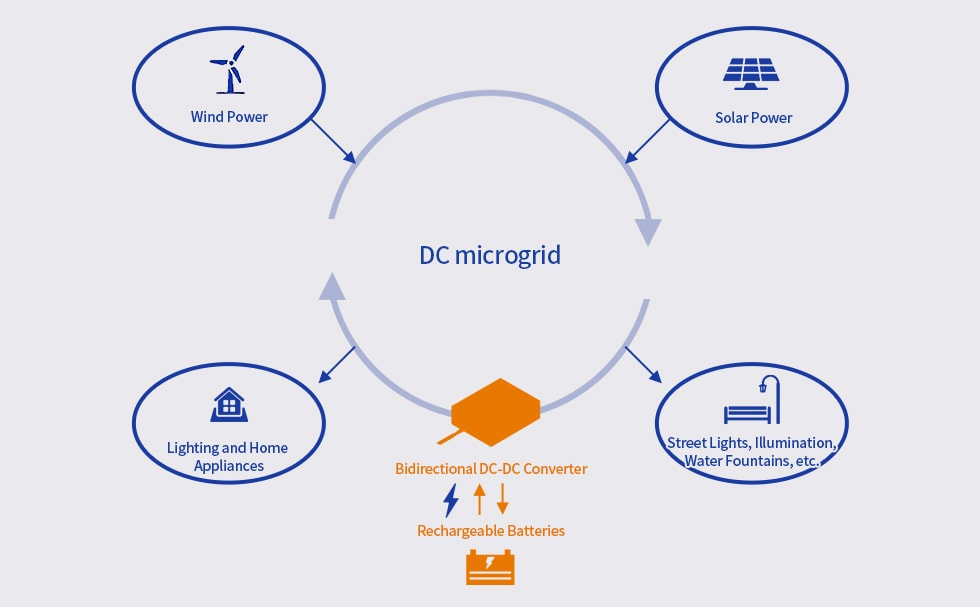
A DC-DC converter solution that exchanges DC power bidirectionally in a single unit
TDK’s EZA series of bidirectional DC-DC converters solves these problems by enabling the power conversion required to charge and discharge batteries with a single unit.
Advanced power conversion, a challenging objective, was attained by employing the latest digital control technologies, achieving high efficiencies of up to 94% or more in both directions. The EZA series also features an autonomous operation mode that detects the voltage of the DC microgrid and determines the conversion direction on its own, helping to stabilize the feeder network’s voltage. Furthermore, the system can switch conversion directions at high speed without suspending the DC-DC conversion, enabling seamless, uninterrupted power conversion even when switching is frequent, ultimately underpinning the deployment of smart grids.
Also, what used to require two separate DC-DC converters can now be accomplished in a single unit, saving space and energy.
On top of stabilizing the supply of DC power, the EZA series interoperates with rechargeable batteries in a variety of other ways, such as leveling power consumption and providing backup power during power outages. They are state-of-the-art, bi-directional DC-DC converters essential for smart cities (smart communities)*2 —environmentally friendly, next-generation cities that incorporate smart grid technology.
Contributing to regenerative energy use in industrial equipment as well
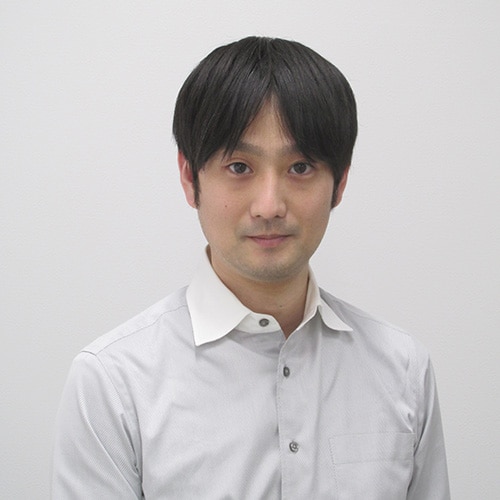
Engineer
R&D Division New Energy System Department
TDK-Lambda Corporation
In addition to smart grids, the EZA series can also play a central role in the use of regenerative energy*3 in an array of industrial equipment that utilizes motors, such as cranes, elevators, automated guided vehicles and forklifts.
Hiroshige Yanagi, an engineer at TDK-Lambda Corporation in charge of the EZA series, spoke about its future prospects. “The EZA series is a family of bidirectional DC-DC converters that has achieved the world’s highest levels of power density and efficiency, enabled by TDK’s core technologies. By combining it with renewable energy sources and rechargeable batteries, a flexible, highly expandable system can be built. We expect demand to grow and the product line to expand in the future. Through the EZA series, we intend to help bring a sustainable society to reality.” TDK is underpinning the realization of a decarbonized society by supporting the adoption of renewable energy through the EZA series, which contributes to the deployment of smart grids.
EZA series: Isolated bidirectional DC-DC converters
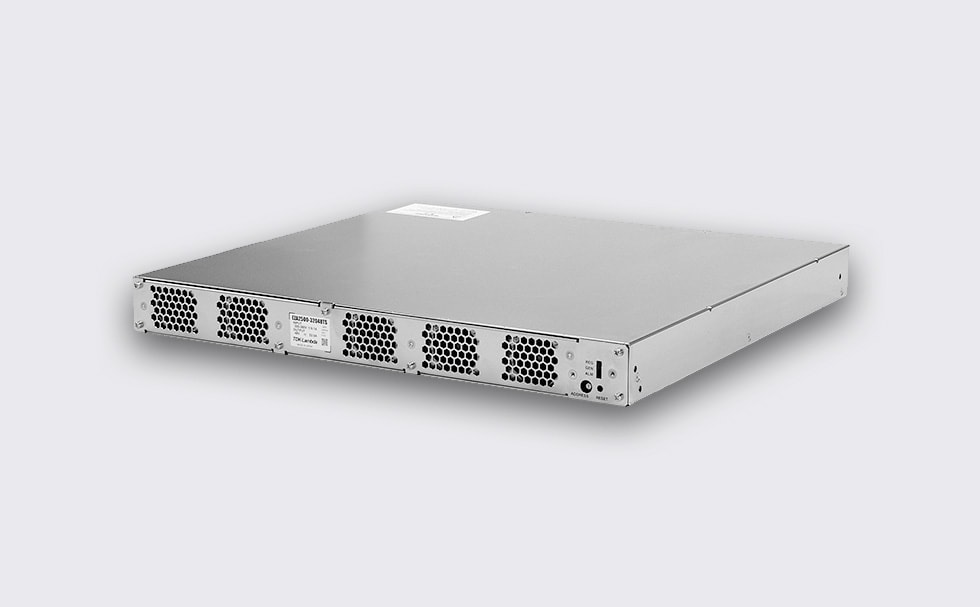
Terminology
- DC microgrid: Also called a DC power bus. Refers to the common portion of a high-voltage DC power supply system.
- Smart city (smart community): A form of regional energy management (local production and consumption of energy) that utilizes smart grid technology to interconnect renewable energy sources, home appliances, rechargeable batteries and electric vehicles, which also combines transportation systems, etc.
- Regenerative energy: Generally refers to surplus energy recovered from equipment, converted into electricity, and reused.

